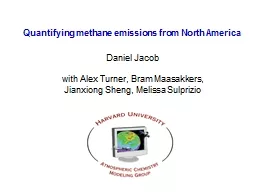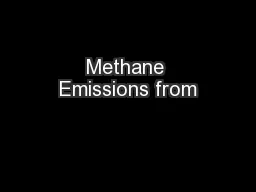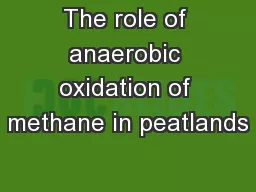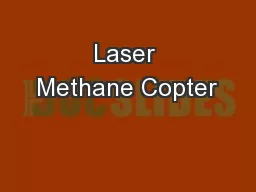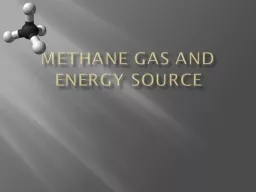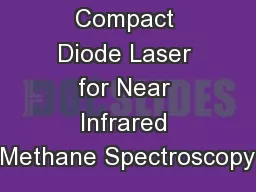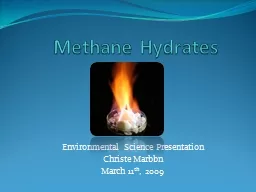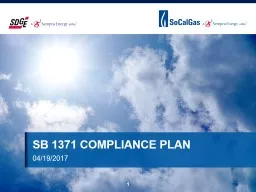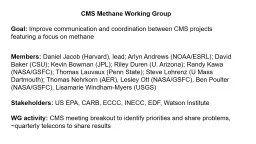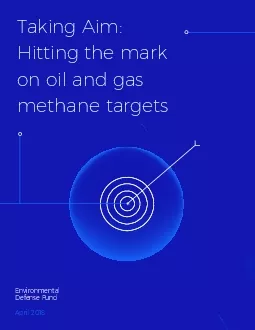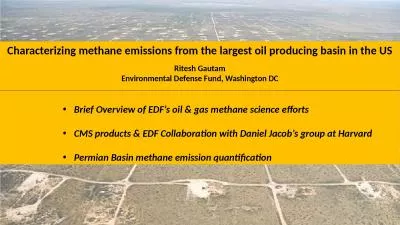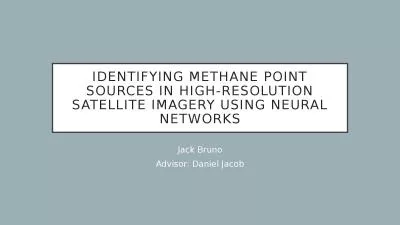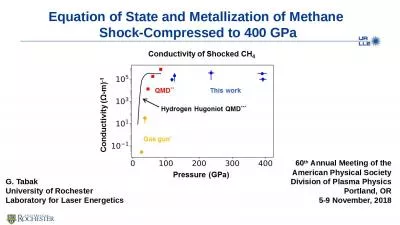PPT-Quantifying methane emissions from North America
Author : ryotheasy | Published Date : 2020-06-15
Daniel Jacob with Alex Turner Bram Maasakkers Jianxiong Sheng Melissa Sulprizio The Paris Climate Conference December 2015 Countries pledge to keep global
Presentation Embed Code
Download Presentation
Download Presentation The PPT/PDF document "Quantifying methane emissions from North..." is the property of its rightful owner. Permission is granted to download and print the materials on this website for personal, non-commercial use only, and to display it on your personal computer provided you do not modify the materials and that you retain all copyright notices contained in the materials. By downloading content from our website, you accept the terms of this agreement.
Quantifying methane emissions from North America: Transcript
Download Rules Of Document
"Quantifying methane emissions from North America"The content belongs to its owner. You may download and print it for personal use, without modification, and keep all copyright notices. By downloading, you agree to these terms.
Related Documents

